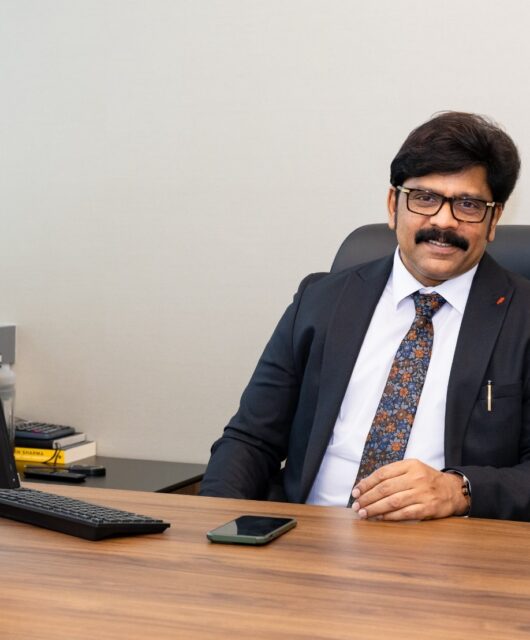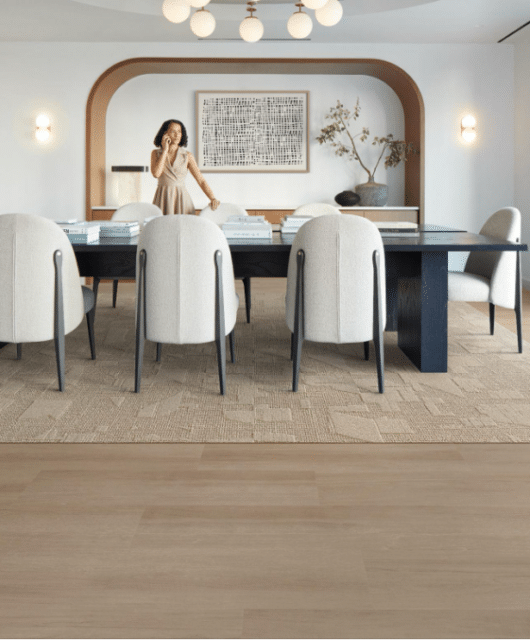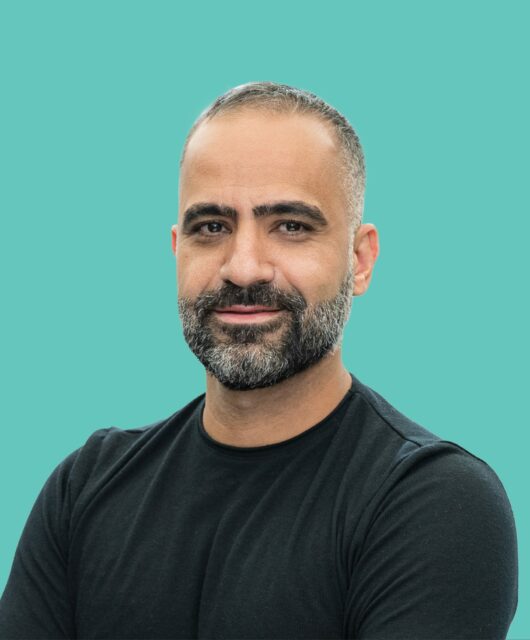 Professor Louise Valentine, Head of the Design School at Heriot-Watt University Dubai, discusses how COP28 sustainability goals can be included into architectural design.
Professor Louise Valentine, Head of the Design School at Heriot-Watt University Dubai, discusses how COP28 sustainability goals can be included into architectural design.
Architects and designers help people see the potential in their environments. They use their entrepreneurial mindset to solve problems and facilitate innovation creatively. As a snapshot, architectural designers are concerned with creating quality construction, materials, energy efficiency, environmental conditions, policy development, and community cohesion: impactful long-term value for people, the planet, and profit.
COP28’s primary goal is to achieve carbon neutrality by 2050. Architects and designers immediately understand the enormity of the responsibility with the well-versed statistic that approximately 40 per cent of annual CO2 emissions are attributed to the built environment. In response, they are helping transform how we think about sustainable living and sustainability practices. One example is the SEE Institute in Dubai. It is a pioneering, model of social, economic, and environmental components, accelerating climate action and promoting low-carbon living through education. The institute is a net zero building. Their Sustainable City is an example of how architects, designers and engineers collaborate to reimagine sustainable living by prioritising energy efficiency, innovation, relationships with the land and wildlife, and changing daily behavioural habits.
Solar panels produce nine megawatts, meaning homeowners never have an energy bill to pay. They no longer drive to their front doors but transfer to communal electric buggies parked under solar panel canopies. The architects, designers, engineers and residents adopt the principles of a circular economy and inclusivity in support of carbon positivity, community entrepreneurship, and the preservation of biodiversity. In doing so, they show how architects and designers hold influence and decision-making in the current context of sustainable goals. Visitors to the institute and the Sustainable City are inspired by the work and the hope it brings to resolve the climate crisis. If we – in our everyday lives – do one thing differently from today in pursuit of sustainability goals, it is to consciously stop buying plastic bottles of water and switch to only consuming bottled water from glass bottles.
Immersive technologies such as augmented and virtual reality (VR) are another way in which architects and designers are helping people and communities leap from an abstract idea into a tangible new way of living. With VR, people can immerse themselves in a simulated environment to experience the space around them. The artistically rendered graphics can show details of sustainable materials such as reclaimed wood, recycled steel, and low-emission concrete. An example of that is Digital Twin, a virtual replica of a physical object, space, or system that can be used for analysis, simulation, and monitoring. By incorporating digital twins, designers can not only create detailed and realistic models of spaces but also simulate various scenarios and monitor system performance in real-time. This ability enhances the design process, allowing for more informed decision-making. In addition, it helps designers to accurately measure and analyse the energy consumption of a space. This data can then be compared against industry standards, ensuring that designs are not only aesthetically pleasing but also energy-efficient and sustainable.
When discussing new technologies and the quest for radical change to meet the COP28 Sustainability Goals, it is remiss not to mention Artificial Intelligence (AI). It can improve efficiency in the design process, to collect and analyse data to generate insights about (for example,) material waste, water management and energy efficiencies. AI provides lightning-quick solutions for architectural design, but it relies on the databases created and is only as good as what we put into it. To use Artificial Intelligence (AI) well in architecture, an architect needs to know a few basic, key things well. They also need to be good at using software and tools that bring AI into designing buildings. This includes design tools like Grasshopper for Rhino and software like BIM (Building Information Modelling) that have AI features.
Designers envision the future; they are taught how to create something out of nothing. This can be sustainable environments, products, services, and systems. Their expertise in strategy, human-centred design and pioneering the creation of new sustainable materials can lead to innovations that reduce carbon footprints. By facilitating deeply creative collaboration with top-level policymaking activities, citizens, businesses, engineers, scientists and technologists, designers and design researchers can revise sustainable design standards. Together, they should provide the high-level research, innovation and knowledge exchange expertise needed to drive evidence-based policies and actions. Universities and research institutions in intentional partnership with businesses, local governments and people can conduct critical climate research and enterprise, analyse data, and educate the next generation of climate leaders. Given the ongoing COP28, around 70,000 people are estimated to be arriving in the UAE for COP28 to discuss the Paris Agreement and assess progress towards it. Understanding the critical role of academia in achieving sustainability goals, during this time, Heriot-Watt University Dubai is meeting this responsibility setting aside two floors of its campus in Dubai Knowledge Park as a Climate Hub to host visitors from around the world and engage in crucial conversations around sustainability goals.
The enhanced synergy between designers and academia at COP28 can lead to further development of sustainable technologies and strategies that reduce greenhouse gas emissions, advance renewable energy, material innovations, service changes, and encourage eco-friendly practices. The global climate crisis continues to accelerate, and with it, the exigency of addressing environmental sustainability and carbon emissions. The COP28 sustainability goals present an unprecedented opportunity for architects and designers to take the lead in creating a sustainable future.







